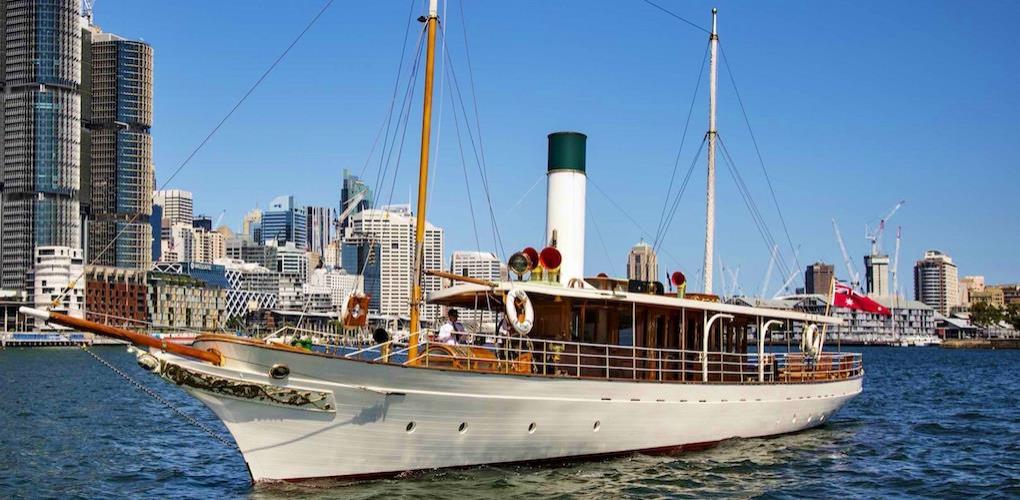
SY Ena is one of the very few classic luxury steam yachts extant in Australia, and alongside Lady Hopetoun is one of two designed by Walter Reeks and built by WM ('Watty') Ford boat builders, both preeminent in their fields in Sydney and Australia.
Only around 15 of Reeks’ craft remain extant, with probably a slightly larger number of Ford built craft also still in existence. The SY Ena respectively represents the highest quality of both their design and construction capabilities. It also demonstrates that a craft of this high standard could be built in Australia during that period (1900), whereas most other steam yachts had previously been imported or built locally to international designs.
Her original cost was 5800 pounds, a huge sum of money at the time.
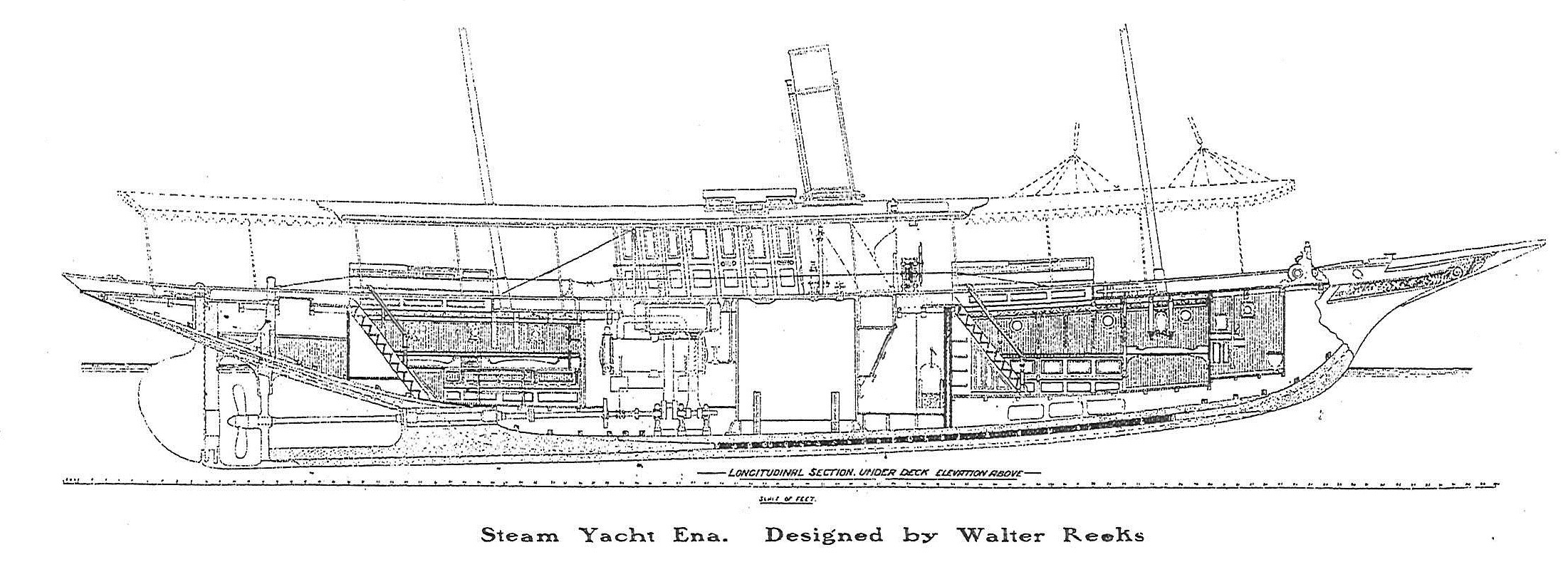
Built from Australian Timber
The Ena was built largely with Australian timbers, the exception being the choice of lighter New Zealand kauri for the topsides planking. It was considered a light but strong hull at the time, and has proven to have been extremely durable, after more than a hundred years. The original machinery (steam engine) was made in Australia.
Ena was originally designed for daytrips and entertaining guests, and the layout provided for two cabins below the decks, fore and aft, a galley aft of the helm position, and a large open but covered deck area, perfect for parties.
The interior fit out was designed and built by Beard Watsons Ltd, another well-known firm in Sydney’s commercial and retail history. A few years after it was launched, an enclosed saloon cabin was added to the aft end of the superstructure.

One of Only Two Surviving World War One Veterans
Original owner Thomas Dibbs used SY Ena for over 10 years, entertaining guests as the Commodore of the Royal Sydney Yacht Squadron, by day and overnight, cruising Sydney harbour and the Hawkesbury, before it was bought by the Royal Australian Navy in early 1917 for the then low price of 1000 pounds.
Renamed HMAS Sleuth, painted black and fitted with a Hotchkiss 3 pounder cannon on the foredeck, the ship was used to patrol for armed German raiders. Steaming in the Torres Strait, around Thursday Island and along the east coast during the final days of World War I, the crew were ever fearful of firing the gun, because it shook the entire ship.
Ena, however, proved unsuited for the tropics, and returned to Sydney to finish the war as a tender (ferry) for the training ship Tingira. Ena would take raw recruits out to sea to show them what being seasick felt like.
Ena remains as one of only two surviving World War I Australian war service vessels.
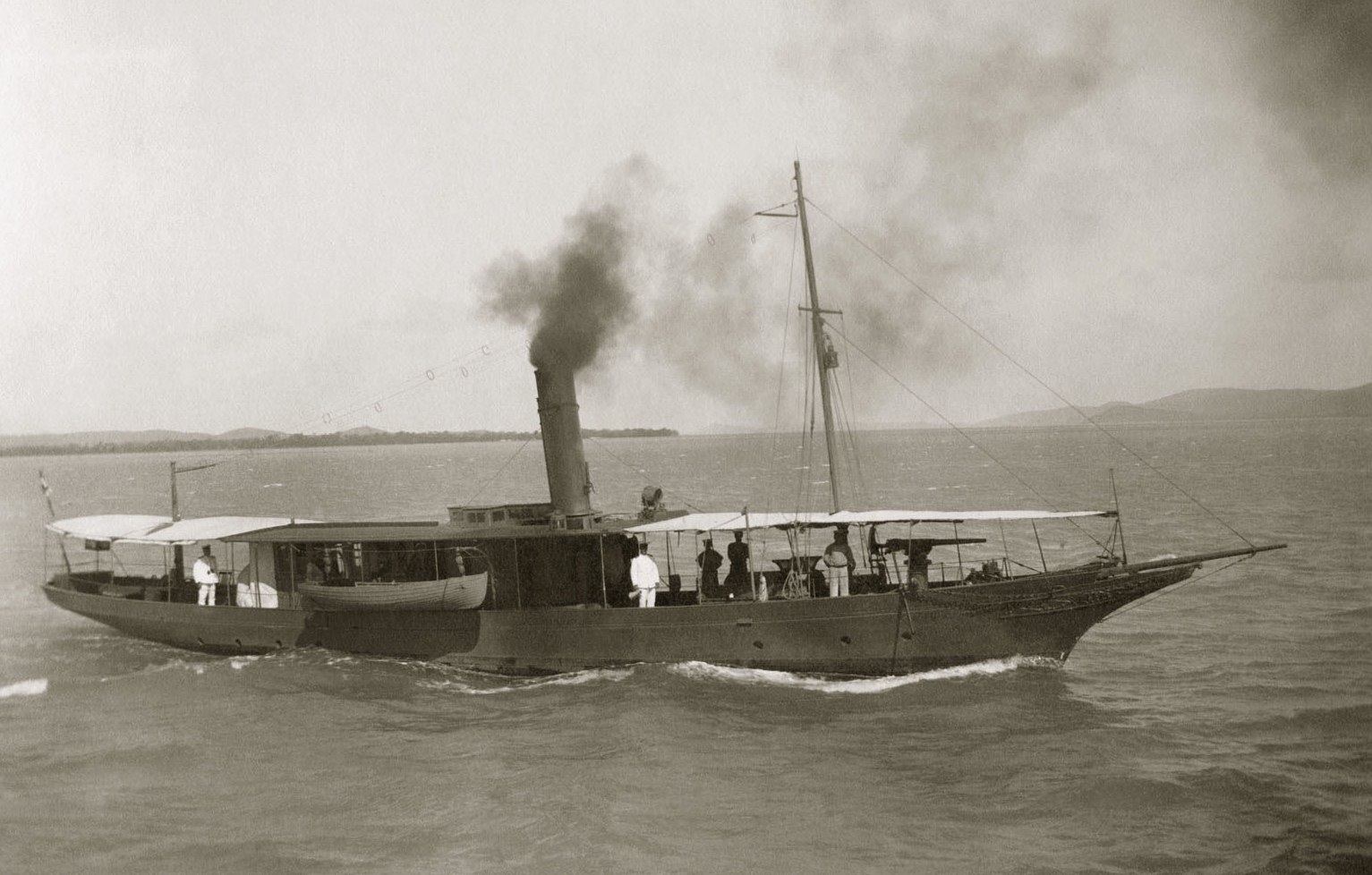
Post-War Work Horse
After the war it was bought from the Navy and returned to being a private yacht on Sydney Harbour and nearby. In 1933, the navy sold Sleuth for 1350 pounds. She went to Tasmania and operated out of Hobart to Bruny Island and the D’Entrecasteaux Channel as a trading vessel. It was later left idle for many years and became caught in a legal dispute before the Roche brothers, (well known in Hobart), bought the vessel in 1940 and used it for shark fishing, travelling as far as Queensland.
She was renamed Aurore, and fitted with a diesel engine in 1945. Aurore continued to work as a crayfish and shark fishing vessel until the sixties.
She returned to Tasmania and then hit an object in the D’Entrecasteaux Channel and sank in 1981.
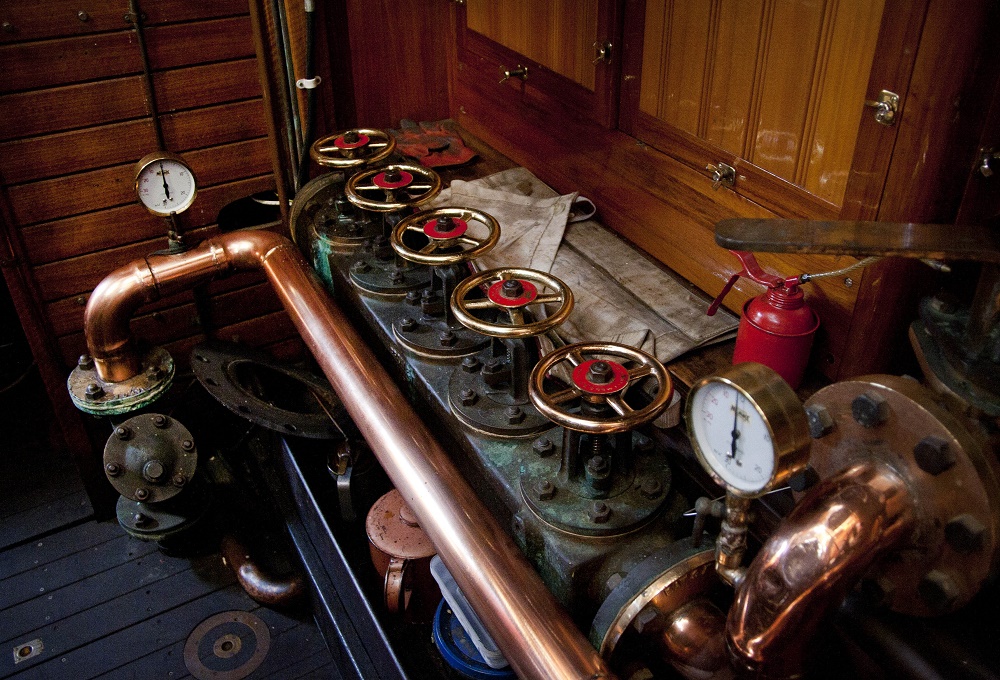
Back from the Depths
In 1982, the Ena was raised and towed to Sydney, where she was berthed at Pyrmont.
At this time a syndicate in Sydney was looking for a craft similar to the Lady Hopetoun for use as a charter vessel on Sydney Harbour. Shipwright Nick Masterman from Sydney suggested that restoring the sunk Ena would give them a craft equal to Lady Hopetoun. The wreck was purchased for an initial sum of $65,000.
The project was commenced under Masterson's guidance in 1984 and completed in Sydney during 1986. The structure and arrangement was restored or recreated where needed as accurately as possible to replicate how it was built originally, although changes were made to the proportions and it was adapted to modern survey requirements.
A new steam engine was made, based on the remains of an existing steam engine used in another Reeks designed ship Excella that had also been used in Tasmania.
The project cost over $3 million and created a restored vessel that was supplemented with modern requirements so that it could be put into commercial survey for passenger charter work on enclosed waters. The SY Ena was one of the first large Australian restoration projects and has helped the resurgence of interest and support for heritage vessels in Australia.
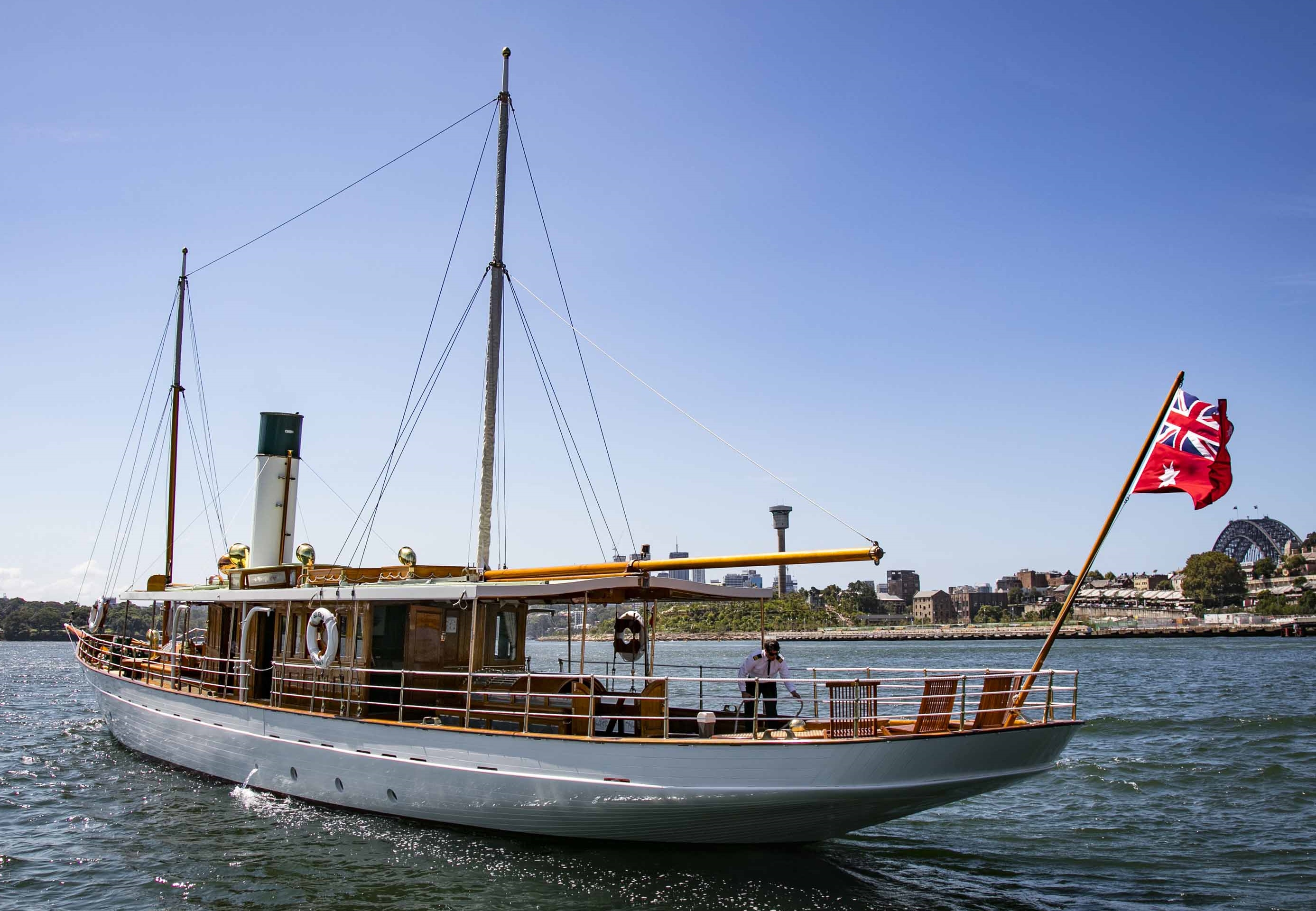
Further Adventures
In 1986/87 the Ena steamed to Fremantle for the America’s Cup and then returned, completing a circumnavigation of the Australian mainland. In 1989 it was seized by the creditors for one of the syndicate and later sold to a private owner. It was well maintained, kept in survey, berthed in Berrys Bay and then Blackwattle Bay and made available for charter but was apparently only used occasionally.
It was sold in 2013 to private owners and taken to Melbourne to continue its use as a charter vessel, but returned to Sydney under new ownership in 2016.
On 1 July 2017, the SY Ena was officially donated to the Australian National Maritime Museum by Mr John Mullen.
SY Ena is listed on the Australian Register of Historic Vessels and is available for charter.